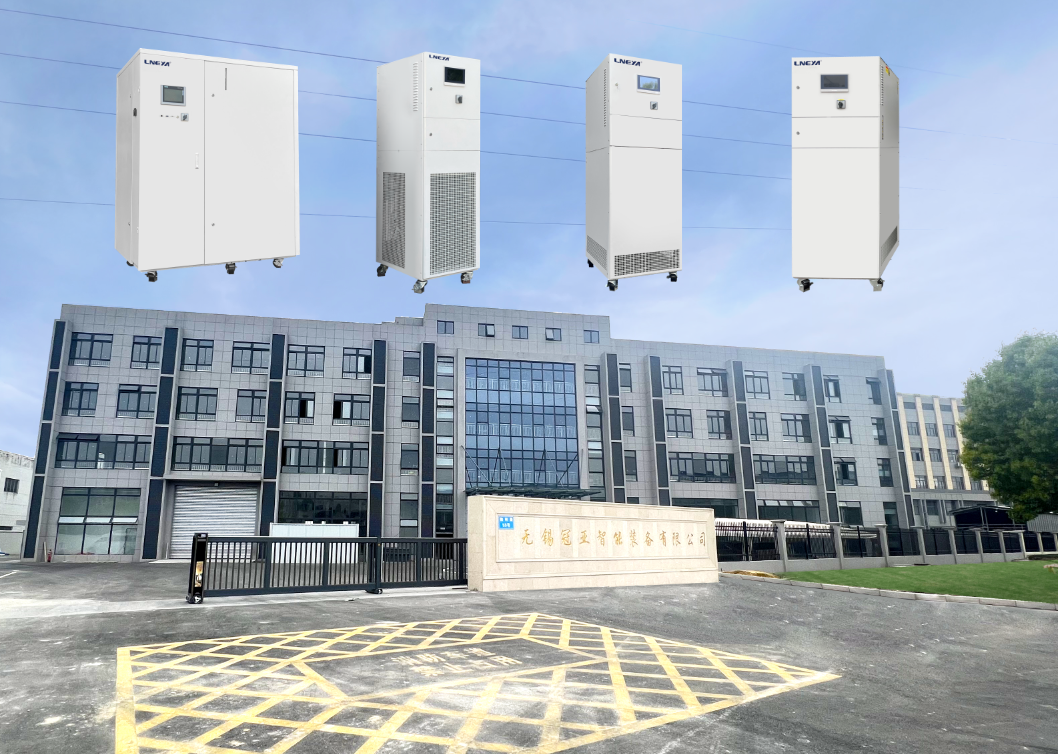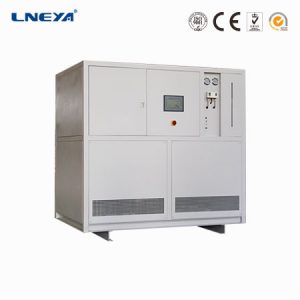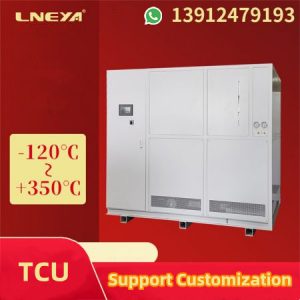Cooling and heating thermostat for running electronic component testing

If enterprises want the cooling and heating thermostats for electronic component testing to operate for a long time without any faults, they need to achieve the following points to maintain stable equipment performance.
1. Suitable working environment:
Provide a better operating environment for cooling and heating thermostats for electronic component testing. Keeping the environment clean and tidy can reduce the impact of various types of dust on the cooling and heating thermostats for electronic component testing, thereby improving its heat dissipation stability. Only by maintaining a good heat dissipation effect of the cooling and heating thermostat for electronic component testing can we improve cooling performance, reduce environmental temperature in a shorter period of time, and reduce energy consumption of equipment used by enterprises.
2. Maintain a low failure rate:
As long as meticulous maintenance and upkeep are carried out on a daily basis, the probability of failure of the cooling and heating thermostat for electronic component testing is very low. At the same time, it is necessary for operators to complete the opening and closing of the equipment according to the manufacturer’s required usage steps, in order to avoid incorrect operating behaviors that may affect the service life and even lead to various types of faults.
3. Timely repair in case of minor faults:
Small faults are inevitable in the cooling and heating thermostats used in electronic component testing. It is necessary for enterprises to promptly and effectively complete all maintenance processes to reduce the impact of small faults on the cooling and heating thermostats used in electronic component testing. Therefore, the operational stability must be within a high standard range.
4. The operation management of cooling and heating thermostats for electronic component testing is also crucial:
Mastering the scientific operating procedures, maintenance and repair methods of equipment, as well as the management of maintenance, renovation, and scrapping of refrigerators, can ensure that the cooling and heating thermostats used for electronic component testing are always in normal operation.
관련 권장 사항
-
What Are The Characteristics Of The Reactor Heating System?
838Wuxi Guanya LNEYA reactor heating system The liquid circulation of the whole system is closed, the system has an expansion vessel, the expansion vessel and the liquid circulation are adiabatic, do not participate in the liquid circulation, only th...
세부 정보 보기 -
Purchasing Strategy of Ultra-low Temperature Freezer
983The performance of refrigeration system determines the overall performance. If refrigeration technology is good, excellent refrigeration effect can be achieved quickly. It takes only 4-5 hours on average from room temperature to minus 8 degrees Ce...
세부 정보 보기 -
What do the LNEYA chiller fault codes mean? What is the solution?
1670Q: What is the fault code of the chiller? Answer: E1 means extremely high indoor temperature alarm, E2 means extremely high temperature alarm, E3 means extremely low temperature alarm, E4 means indoor temperature controller failure, E5 means water...
세부 정보 보기 -
ZLF/SR 시리즈 원자로 온도 제어 장비의 작동 시 주의사항
1171The temperature control equipment of the reaction kettle adopts the PID control method, which greatly improves the temperature control accuracy of the whole machine. The microcomputer for cooling or heating will automatically switch to work accord...
세부 정보 보기
 LNEYA 산업용 냉각기 제조업체 공급 업체
LNEYA 산업용 냉각기 제조업체 공급 업체













